Bonjour from a very busy week at the olive farm! I am now experiencing the Domaine De l’Oulivie savoir-faire, or the traditional “know how” of various olive product processes firsthand. Since I elaborated on the museum aspect of the farm in my last post, I think information on the modern equipment and processes will show a nice contrast. It depicts how here in France, they have the modern equipment, but also strong ties to the past and constant reminders of tradition.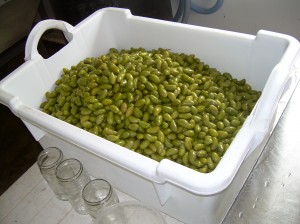
We will be leaving in July, so I will not be able to witness the big gather, but from what I’ve learned so far, there is so much work here that is done manually!
The green olives are picked by hand so that they do not bruise, and then half are left on the tree for three more months to turn black. They shake the branches with something that looks like an upside down weed whacker called “combs” so that the black olives fall to the ground onto tarps which are then gathered up and emptied into bins. The olives, green or black and with their pits included, are put into the machine below to get ground up.
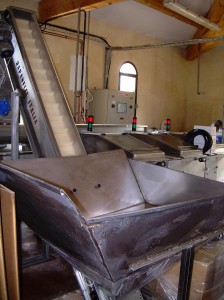 The next machine further mixes, which is especially beneficial for tapenade and purees.
The next machine further mixes, which is especially beneficial for tapenade and purees.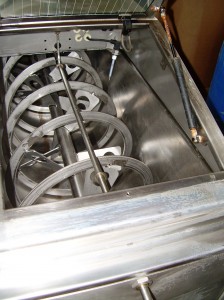
In the last machine pictured below, the oil and water is separated out of the mixture.
During July through September, the olive fruits continue to get bigger with sun and water. As of right now, it is possible to see tiny olives forming-so exciting! The flowering of the trees depends on the temperature, and usually lasts two weeks. 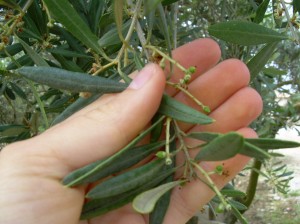
We caught the tail end of this process when we first arrived in May. I could not believe how much pollen there was, but this is probably explained by the fact that the trees are wind pollinated, not insect pollinated.
We actually planted some baby olive trees, as shown below, but most of the trees on the estate are around fifty years old. 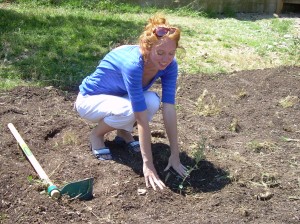
It was also very interesting for me to plant baby olive trees this week, because on the weekend, we ventured to the Pont du Gard, where there is an olive tree that dates back to 908 AD.
I know this is not a travel blog, yet I cannot help but suggest that anyone who ventures to the south of France needs to see fireworks off of the Pont du Gard and try a Tielle, a traditional southern France seafood pie that I adore. Unfortunately, I just learned while attempting to research the appropriate spelling of this seafood pie that it is made with garlic, tomatoes and squid. I’ve been eating squid this whole time-agh!! Oh well, it’s delicious and I will probably still eat one every chance I get! 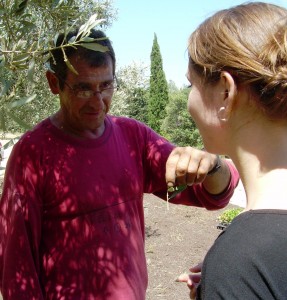
Anyway, back on topic… I love the aspect of tradition embodied here. The Domaine De l’Oulivie even manages to incorporate tradition into their marketing strategy to differentiate themselves by growing heirloom olive varieties, one specifically is called Violette de Montpellier which produces absolutely divine tasting, strong flavored, olive oil. My next post will be dedicated to this interesting concept of how the farm integrates value added tourism to diversify their products and differentiate from competitors.
So I wonder how many of the olive trees I planted will live to be 1000 years old?

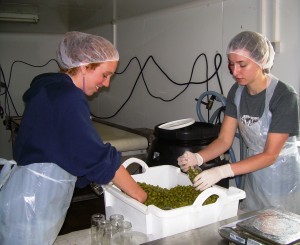
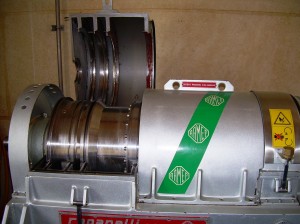
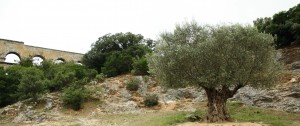
Speak Your Mind